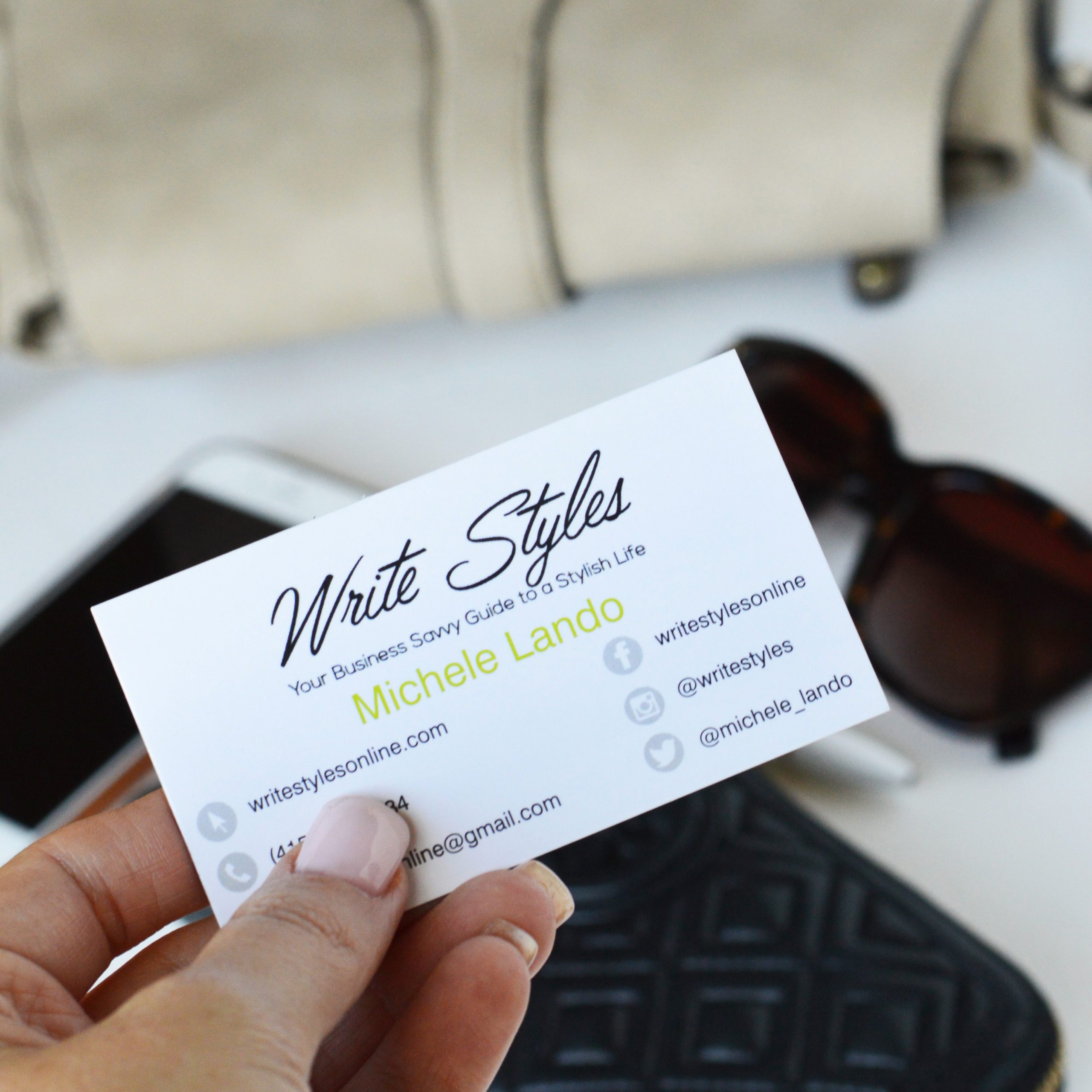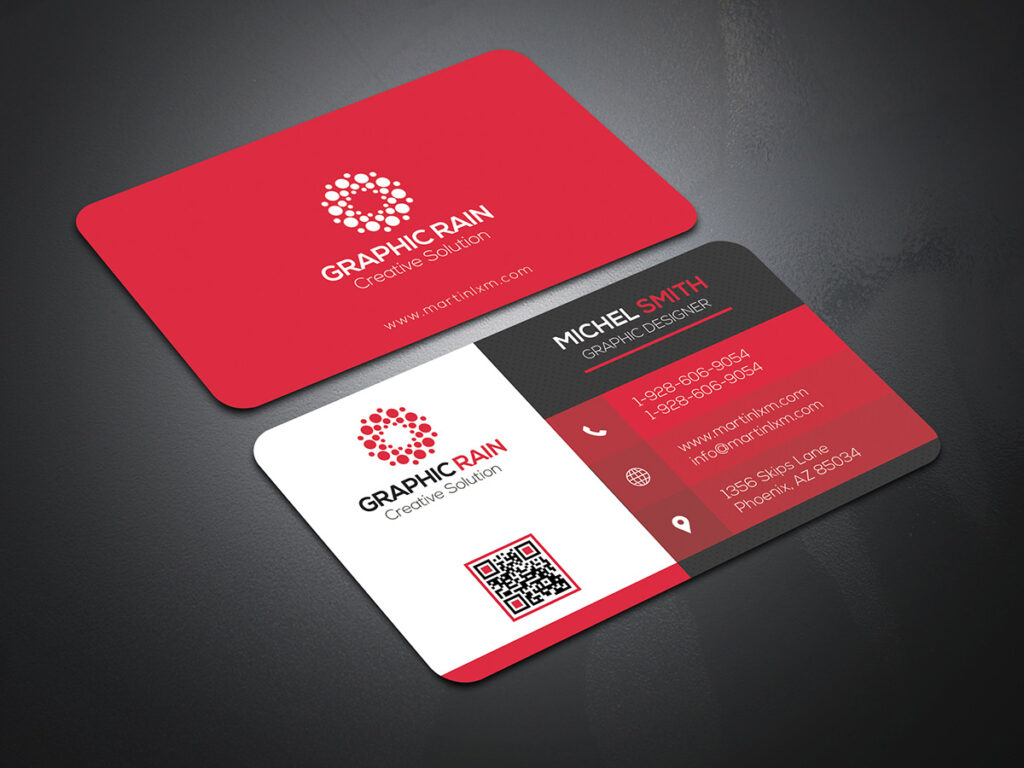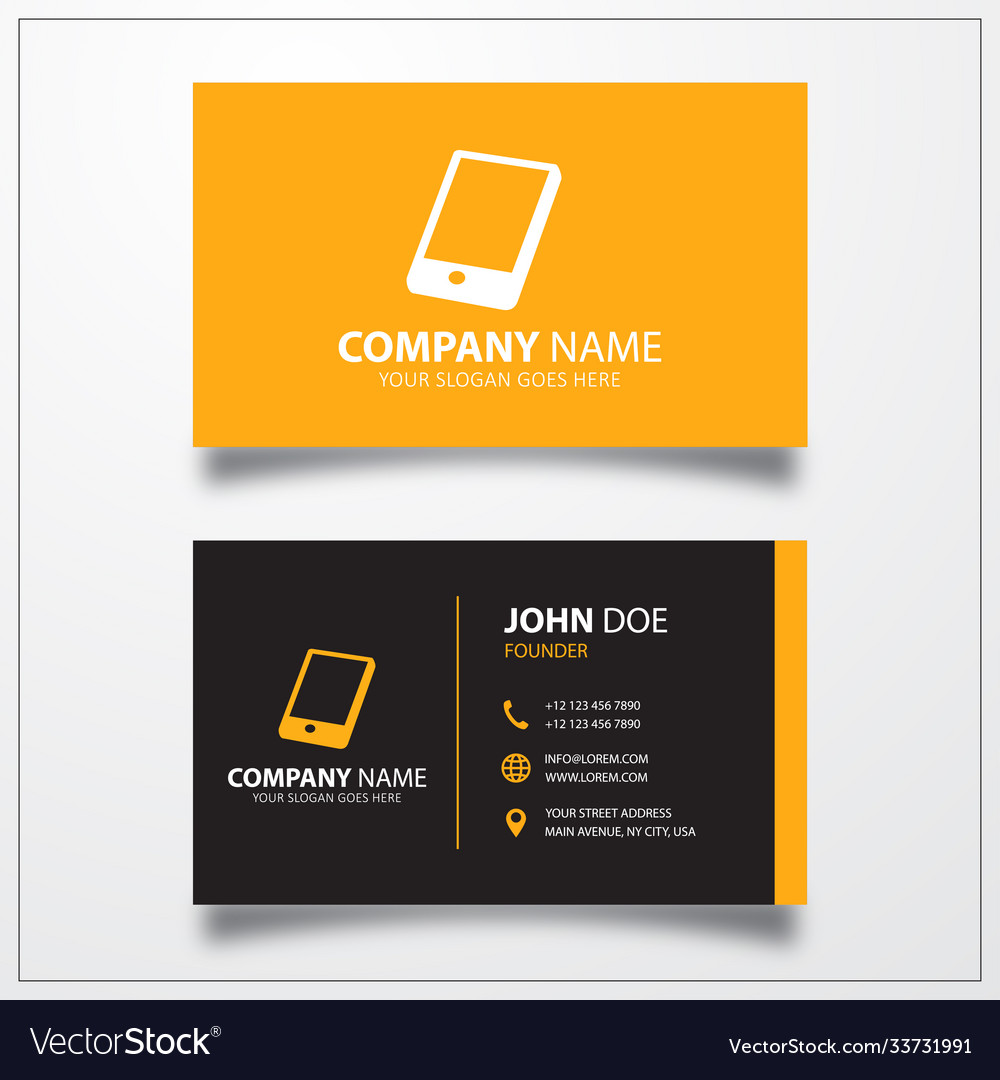
When it comes to designing your business card, there are many factors to consider, including the format of your contact information. One of the most important pieces of information to include on your business card is your phone number. However, the way you format your phone number can have a significant impact on how professional and attractive your business card appears to potential clients.
There are several different ways to format a phone number on a business card. Some people prefer to use hyphens to separate the numbers, while others prefer to use parentheses or periods. Additionally, you’ll need to decide whether to include the country code, area code, and extension, depending on your location and how you want to be contacted. Choosing the right format for your phone number is essential to making a great first impression and ensuring that potential clients can easily reach you.
In addition to the format of your phone number, you’ll also need to consider the overall design of your business card. Your phone number should be displayed prominently, along with other important contact information such as your email address and website. You may also want to include your job title, company logo, or social media handles to make your business card more attractive and informative. By taking the time to design a professional and eye-catching business card, you can make a strong impression on potential clients and help your brand stand out in a crowded market.
Essential Information on Business Cards

When it comes to creating a business card, it’s important to include essential information that will help potential clients or customers get in touch with you. This section will cover the necessary components of a business card, including contact information, design elements, and the difference between digital and traditional business cards.
Contact Information
Your business card should include your name, title, phone number, email address, and website. It’s important to make sure that this information is clear and easy to read. You can also include your office or business address, city, and country code.
If you have social media handles that are relevant to your business, you can include them as well. However, make sure that you only include the handles that you actively use and that are appropriate for your business.
Design Elements
The design of your business card is also essential. Your business card should reflect your brand identity, including your logo, color scheme, and fonts. Make sure that your design is consistent with your other marketing materials.
Consider the spacing of your business card design. You want to make sure that your information is easy to read and not cluttered. Use bold text or bullet points to highlight important information.
Your business card design should also have a focal point. This can be your logo or a photo that represents your business. Make sure that the focal point is clear and easy to see.
Digital Versus Traditional Business Cards
There are two main types of business cards: digital and traditional. Digital business cards, also known as virtual or electronic business cards, are becoming more popular. These cards can be shared through email or text message and can include interactive elements such as clickable links.
Traditional business cards are physical cards that are handed out in person. These cards can include special finishes such as embossing or foil stamping.
When deciding which type of business card to use, consider your audience and the type of business you have. Traditional business cards may be more appropriate for certain industries, while digital business cards may be better suited for others.
In conclusion, creating a business card that includes essential information such as your name, title, phone number, email address, and website is crucial. Your business card design should reflect your brand identity and include a clear focal point. Consider whether a digital or traditional business card is best for your business.
Formatting Phone Numbers on Business Cards


When it comes to business cards, including your phone number is essential. However, it’s important to ensure that the phone number is formatted correctly to ensure that potential clients can reach you. Here are some tips for formatting phone numbers on your business card.
Country and Area Codes
If you’re including your phone number on a business card, it’s important to include the country and area codes. In the United States, Canada, and other NANP countries, it is customary to format the phone number this way: the area code is followed by a nonbreaking space, followed by the three-digit exchange code, which is hyphenated. For example, the phone number 555-1212 would be listed as (123) 555-1212.
If you’re including an international phone number, make sure to include the country code before the area code. For example, a phone number in the United Kingdom would be listed as +44 (0) 20 1234 5678.
Local and Mobile Numbers
When including your local or mobile phone number on a business card, it’s important to format it in a way that’s easy for potential clients to read. In the United States, Canada, and other NANP countries, local and mobile phone numbers should be formatted with a hyphen between the three-digit exchange code and the four-digit subscriber number. For example, the phone number 555-1212 would be listed as (123) 555-1212.
Fax and Landline Numbers
If you’re including a fax number or landline number on your business card, it’s important to differentiate it from your mobile or local phone number. In the United States, Canada, and other NANP countries, fax and landline numbers should be formatted with a hyphen between the three-digit area code and the three-digit exchange code, followed by a nonbreaking space, and then the four-digit subscriber number. For example, the fax number 555-1212 would be listed as (123) 456-7890.
When it comes to formatting phone numbers on your business card, it’s important to ensure that the number is easy to read and that it includes all necessary information. By following these tips, you can ensure that potential clients can easily reach you.
Best Practices for Business Card Design
When designing your business card, it’s important to keep in mind the best practices to ensure that your contact information is easy to read and understand. Here are some tips to help you create a professional and effective business card.
Avoiding Common Mistakes
One of the most common mistakes in business card design is cluttering the card with too much information. To avoid this, only include essential information such as your name, title, company name, and contact information. Additionally, make sure to use a legible font size and avoid using too many fonts or colors.
Another mistake to avoid is using unprofessional colors such as gold or orange. Instead, stick to neutral colors that match your brand identity.
Using Templates and Software
If you’re not a designer, using templates and software can help you create a professional-looking business card. There are many online tools and software programs available that offer a variety of templates and design options.
When using a template, make sure to customize it to match your brand identity. This includes using your brand colors and fonts.
Incorporating Interactivity
To make your business card stand out, consider incorporating interactive elements such as QR codes or NFC technology. This allows potential clients or customers to easily access your website or contact information by scanning the code with their smartphone.
However, make sure to use these elements sparingly and only if they are relevant to your business.
By following these best practices, you can create a professional and effective business card that accurately represents your brand and makes a lasting impression on potential clients or customers.
The Role of Business Cards in Networking


Business cards are an essential asset in networking. They serve as marketing tools that can help you make a great first impression on potential clients and business partners. A well-designed business card can be a unique and attractive way to showcase your creativity and professionalism.
When creating a business card, it’s important to include all of the necessary information, such as your name, job title, phone number, and email address. You can also add a tagline that highlights your unique selling proposition.
In today’s digital age, there are also options for electronic business cards. Virtual business cards, such as those offered by HiHello, can be a convenient and eco-friendly alternative to traditional paper cards. With business card templates available online, it’s easy to create a professional and eye-catching design.
Regardless of the format, business cards remain an essential tool in networking. They provide a tangible reminder of your meeting and serve as a way to follow up with potential clients and business partners. So, make sure to put effort into designing a business card that represents your brand and showcases your professionalism.
Oliver dives into graphic design, branding, and marketing with passion. Beyond pixels and paper, he’s into boxing, CrossFit, and all things fitness. Oliver’s writing reflects his expertise and dedication to staying on top of industry trends.